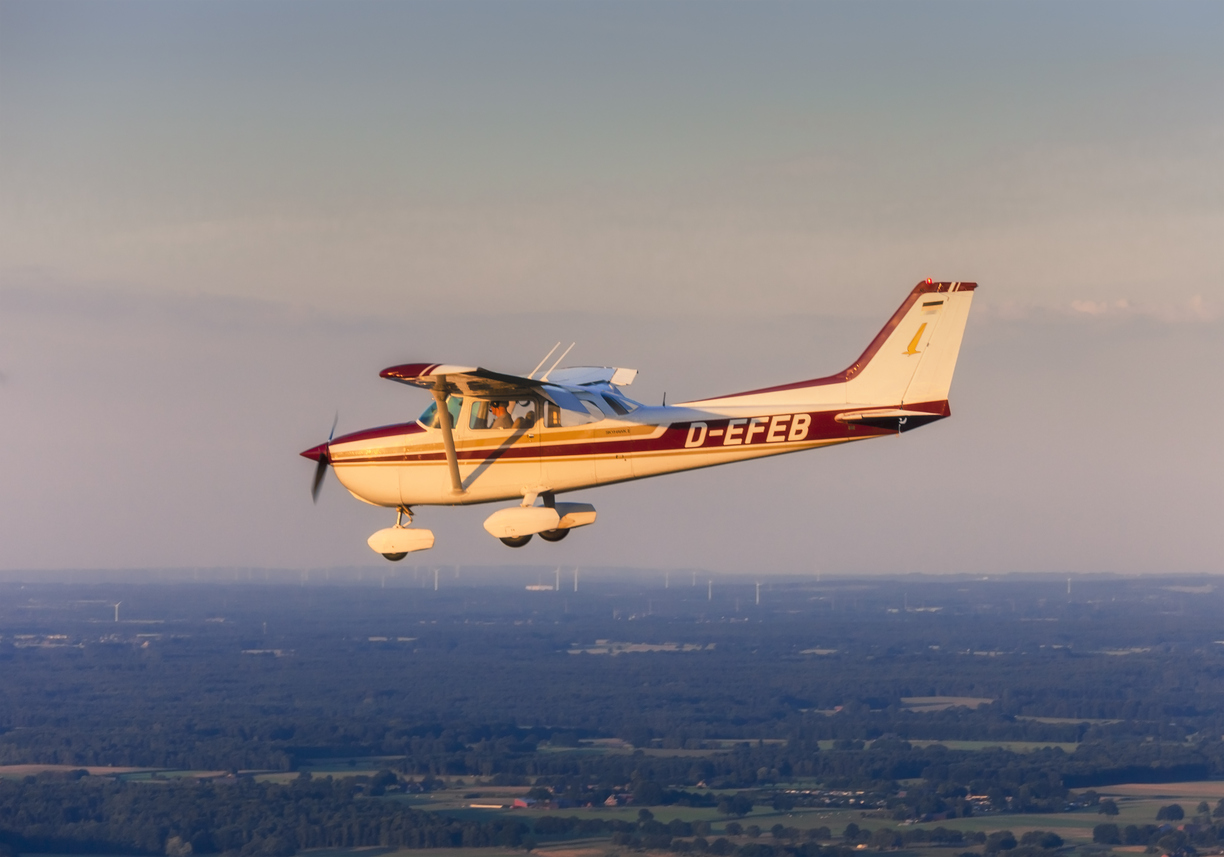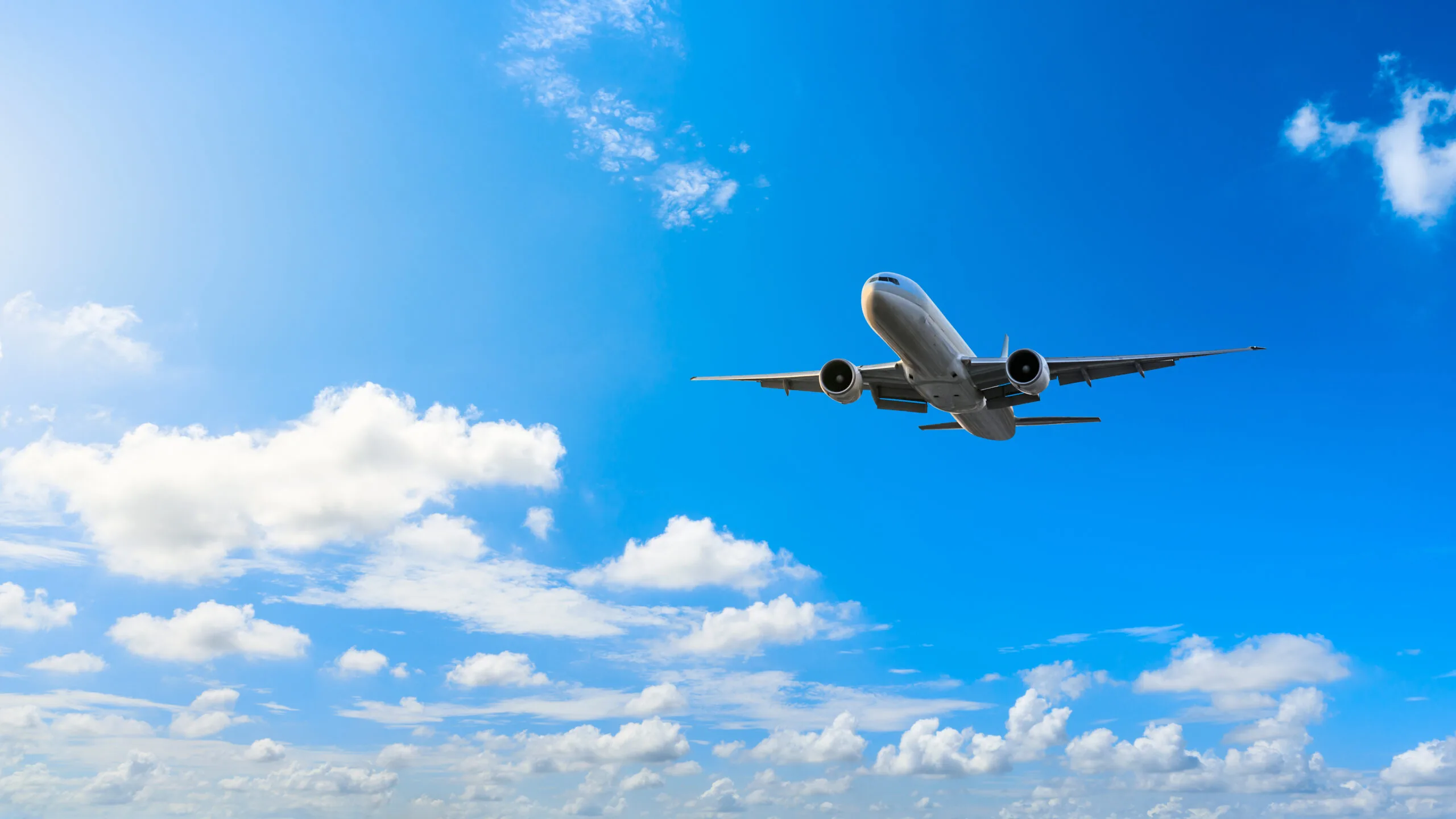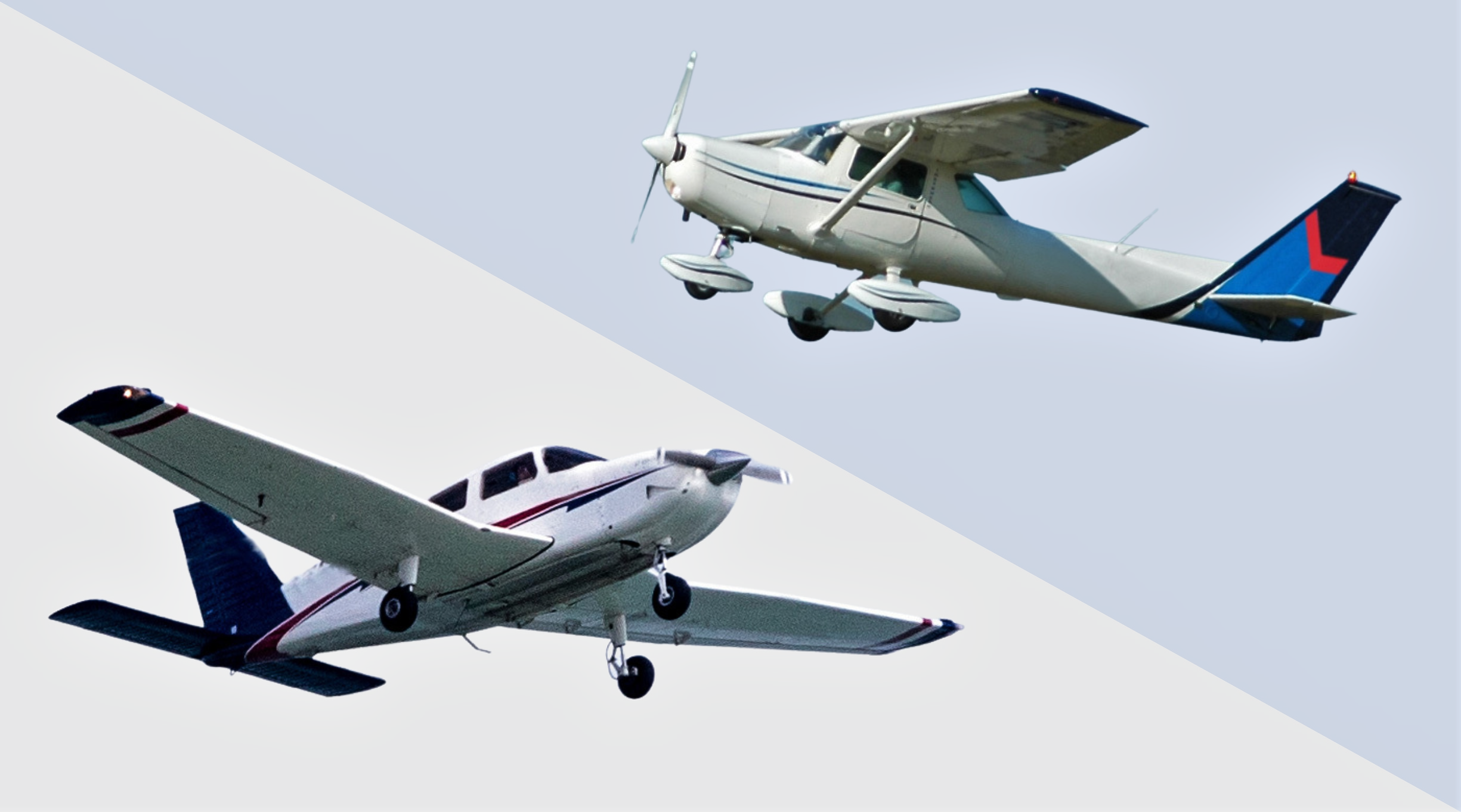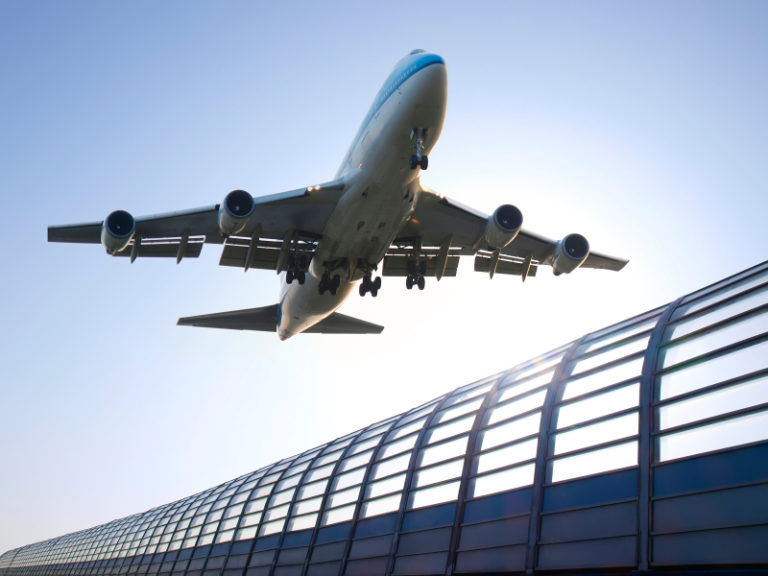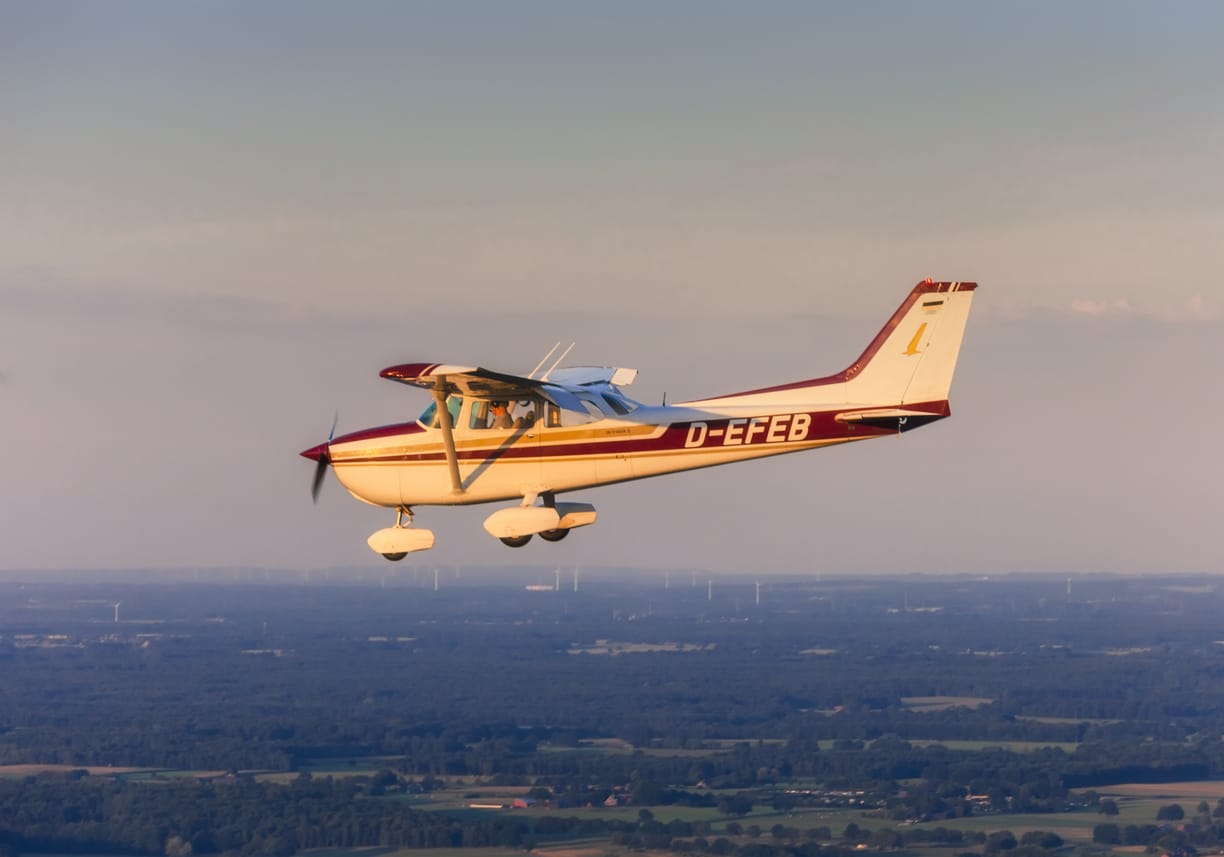Before pilots start flying Dreamliners, they must learn more about aviation. These 3 popular training aircraft are utilized by pilots while starting off.
[lwptoc]
Pilots do not start out flying fighter jets on Dreamliners. They must first become accustomed to working with the forces of flight, learning how to work with cockpit instrumentation, operating and coordinating flight control surfaces, following air traffic control directives, and understanding Federal Aviation Administration (FAA) rules.
While it is possible to begin the process of earning a private pilot license in a single-engine training aircraft, few pilots do, simply because working with so much power early in the learning process can make control unnecessarily difficult. It might take a while to become used to learning how to bank an aircraft, for example, or how to recover from a stall.
For this reason, most aircraft used for primary flight training tend to have the same characteristics: They are stable, lightweight, and forgiving on control surfaces. Three popular models used to train are the Cessna 172 G1000, the Cessna 172 RG, and the Baron 55.
Cessna 172 G1000 – The Most Popular Training Aircraft
When the general public thinks of a “little airplane” or general aviation aircraft, a Cessna 172 is what typically comes to mind. The majority of American pilots have begun their careers in the training aircraft of a Cessna, and the 172 is a popular airplane for aviation enthusiasts to buy for personal use after earning their private certificate. The Cessna 172, also known as the Skyhawk, is nothing less than one of the world’s most successful and bestselling airplanes. The first Cessna 172 was flown in 1955, and over 44,000 of them have been produced.
Produced by the Cessna Aircraft Company, the Cessna 172 G1000 is set apart from its earlier counterparts in that it offers a “glass cockpit,” or avionics which are offered in an interactive touch screen rather than gauges. It offers four seats, a single propeller, and a 180 horsepower engine. The Cessna 172 is a high-wing airplane, and it uses tricycle landing gear. The landing gear of the 172 G1000 is fixed, meaning that it cannot be retracted. This variant is sometimes referred to as “the ultimate training aircraft” due to its stability and ability to carry more than just the student pilot and his or her flight instructor.
While production of the Skyhawk stopped in the 80’s, it resumed in 1996. It is easily modified to produce more power from the engine, thereby enabling it to carry additional weight. Fuel tanks can and baggage compartments can also be added in the wings of the airplane. At least one company offers refurbished 172 Cessna outfitted with a diesel engine.
Given its popularity and long history, the Cessna 172 is firmly fixed in American culture, even though those looking at might not be able to name it offhand. The Cessna 172 has been used to set world endurance flights, and many nations, including Iraq, Austria, Guatemala, and the Philippines employ it as part of their military fleet. The US Border Patrol, as part of its security patrols of the Mexican border, also flies Cessna 172s.
Cessna 172 RG
The Cessna 172 RG is similar to the Cessna 172, except its landing gear is retractable. Although fixed landing gear creates more drag in flight, the tradeoff is the ability to carry more people and payload. Aircraft with retractable landing gear become more aerodynamic after the takeoff phase.
As a training aircraft, the Cessna 172 RG helps to prepare pilots for more powerful and complex flying. It is also known as the Cutlass. When it appeared on the marketplace in 1980, flight schools were happy to include it in their fleets. This is because it was so similar to the Skyhawk, with which so many of their students were already comfortable. Although it is no longer the case, when it was first introduced, the Cutlass met FAA standards as an aircraft in which students could earn a certificate as a commercial pilot. It qualified as a “high performance aircraft” (since 1997, only airplanes which can offer over 200 hp are eligible for this category. The Cutlass only offers 180.)
The Cessna 172 RG ceased production in 1985, and 1,177 total were made. The Cutlass did not do as well in the general aviation marketplace among commercial and private pilots because its cruising speed was slower than that of similar aircraft. It can cruise up to 260 km/h. Many Cessna 172 RGs are still in service because they are reliable, good for training students for using a more complicated checklist, and easier to maintain if a crew is already familiar with the Skyhawk.
Baron 55
When students are ready to train for a multi-engine rating, many turn to the Baron 55 training aircraft. Produced by Beechcraft, a historic American aircraft company now owned by Textron, the Baron offers student pilots a twin engine experience. The Baron 55 was first introduced in the 1960s as a light piston competitor to similar airplanes, and forms of it are still in production. The 55 models were manufactured until 1982; when production ended, 3,651 airplanes had been sold.
The Baron 55 is also called the “B55.” It can carry five passengers and is powered by two Continental IO-470-L engines. Its maximum speed is 380 km/h, and it has a range of 1,084 miles. Like the Cessna 172 RG, the Baron 55 has retractable landing gear. It is known as the “short body” variant of the Baron family, or the “baby Baron.” The Baron 55 tends to handle well and offer speed without loss of control.
Due to the increased power the Baron 55 offers, it is sometimes more expensive on the market than a Cessna single engine airplane. This model is typically twice as expensive as a Cutlass; the step up in power it offers over a single engine aircraft is telling. Because the Baron 55 offers smooth handling, models from the 1960s and 1970s are still available. Many have since been fitted with a glass cockpit and other upgraded equipment.
Ready to soar in your aviation career?
Mr. Matthew A. Johnston has over 23 years of experience serving various roles in education and is currently serving as the President of California Aeronautical University. He maintains memberships and is a supporting participant with several aviation promoting and advocacy associations including University Aviation Association (UAA), Regional Airline Association (RAA), AOPA, NBAA, and EAA with the Young Eagles program. He is proud of his collaboration with airlines, aviation businesses and individual aviation professionals who are working with him to develop California Aeronautical University as a leader in educating aviation professionals.
